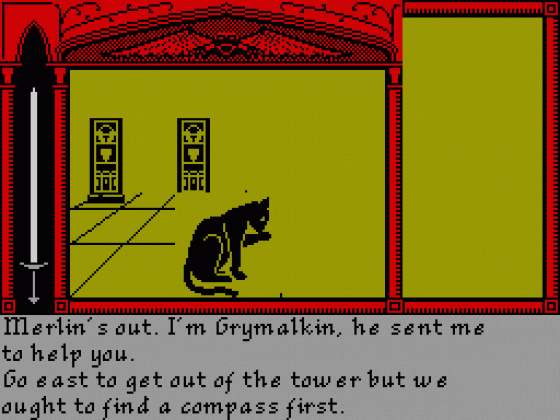Other Reviews Of King Arthur's Quest For The Spectrum 48K/128K
King Arthur's Quest (Hill MacGibbon)
A review by D.C. (Home Computing Weekly)
King Arthur's Quest (Hill MacGibbon)
Arthur's Unoriginal Adventure
King Arthur's Quest (Hill Macgibbon)
A review


 1st March 1985
1st March 1985









